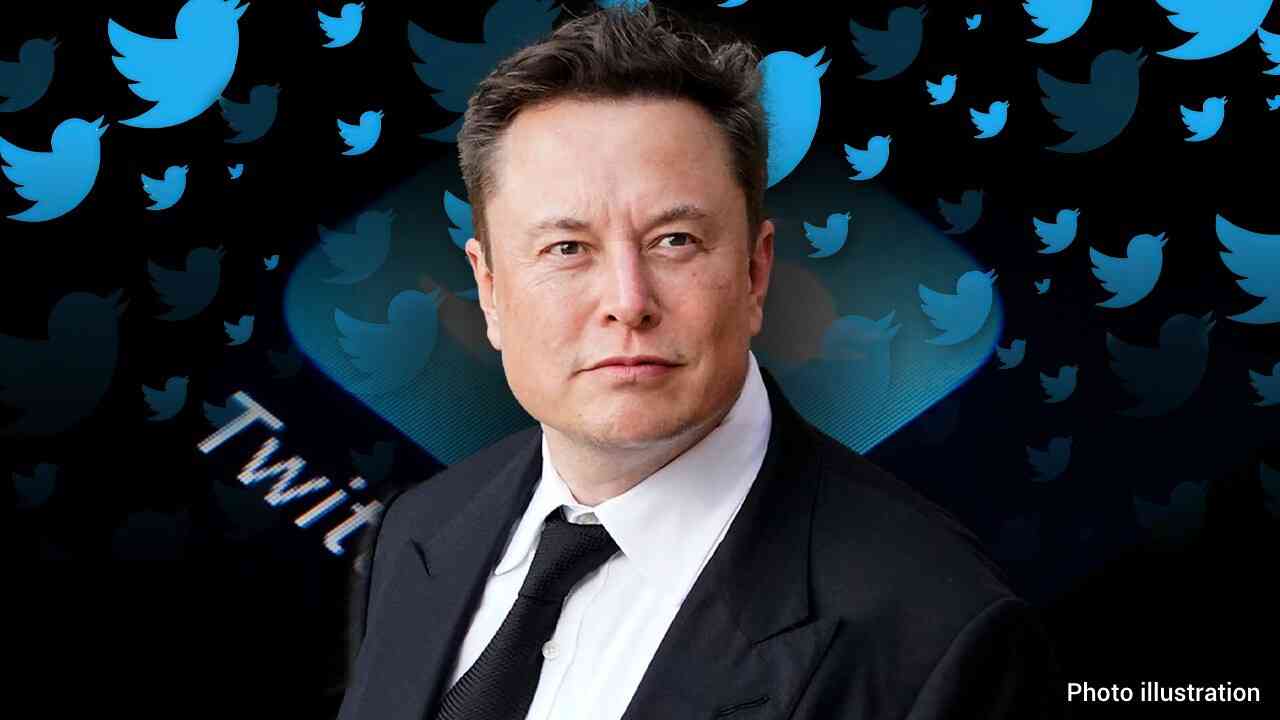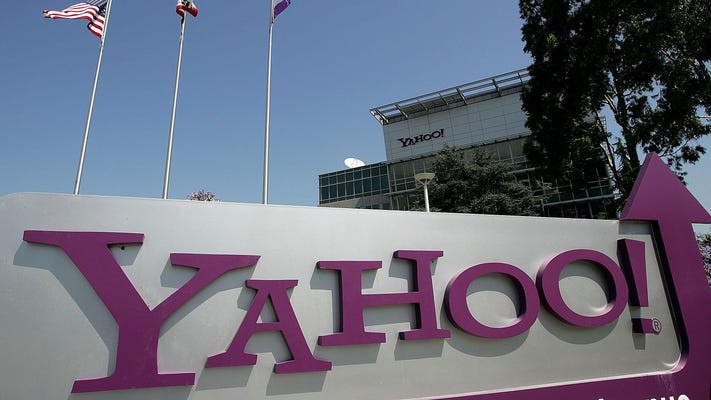
“Elon [Musk]’s Twitter deal certainly must also rank as the most time-adjusted value-destructive leveraged buyout of all time,” says William Cohan, writing for Puck. While Musk has estimated Twitter’s value as $20 billion in a March 31st email to employees — meaning its value dropped by more than half after the $44 billion acquisition — Twitter’s actual value is even lower than that. The banks still own $13 billion of Twitter’s debt and can’t sell it for more than 50 cents on the dollar, Cohan says. “The destruction of $37.5 billion in value in less than six months must have set some sort of Wall Street record.”
Musk already biffed it with advertisers: revenue has fallen by half since October, Bloomberg reports. Historically, ads were the main source of revenue — 89 percent of it in Twitter’s last full year as a public company. So Twitter desperately needs to make money. That puts a lot of pressure on the company’s paid subscription service, Twitter Blue, to bring in the bucks. What does $8 a month get you? Oh, a blue checkmark.
A number of prominent verified users, including LeBron James, the White House, and The New York Times, have said they won’t pay for Twitter Blue. That reduces the checkmark to “marketer tag.” On some level, Musk knows that, too, since it looks like Twitter might be working on ways to hide the checkmark. He also seems to have given up on removing it from most verified accounts since it was supposed to happen on April 1st and most of us still have them. (There may be technical reasons for this; The Washington Post reports there’s no way to remove verification in bulk.)
For those who may be unfamiliar, that checkmark was originally used as a way of verifying users. The proliferation of hoaxes during Hurricane Sandy was part of the impetus for creating it; misinformation and impersonation were so normal in the early days of the social media platform that the remnants can be seen in the former president’s handle: @realDonaldTrump.
Eventually, this silly checkmark came to be seen as a status symbol because humans can make status symbols out of fucking anything. But its original intent was a service; it was meant to tell an audience that the speaker had received at least a cursory identity verification. The goal was to make things less confusing.
The heart of Musk’s resentment, as near as I can tell, is that nobodies like me (that is, journalists) also got checkmarks. For Twitter, there was a business reason! Having a checkmark isn’t a guarantee that all the information coming from the account is true — verified accounts can be hacked or hoaxed like everyone else — but it does give users a measure of comfort in the quick-fire information coming out. There’s also accountability: spread too much misinformation, and Twitter stripped your badge.
This matters because reporters live-tweet breaking news. If you wanted to know what my notes looked like for, variously, Musk’s defamation trial, Epic Games v. Apple, or Elizabeth Holmes’ fraud trial, you just had to follow my Twitter account; I was posting my impressions in real time before writing up the day in review for this site. The blue checkmark next to my name gave readers some measure of confidence I wasn’t the kind of person that might blithely make stuff up.
Musk, who has a somewhat contentious relationship with the media, seized on the idea of the checkmark as a status symbol. He offered it for sale. By charging for it, he devalued it. The first time this happened, it didn’t go that well: impersonation, the exact thing the checkmark was meant to prevent, ran rampant. But there was another problem. Identifying who paid to get the checkmark immediately marked them as lower in status than the legacy checks.
- Mavhunga puts DeMbare into Chibuku quarterfinals
- Ndiraya concerned as goals dry up
- DeMbare’s double boost
- ‘Zifa suspension won’t affect player transfers’
Keep Reading
The basic truth of cool, as anyone can tell you, is that trying to be cool is not cool, and paying to be cool is for suckers. Come April 15th, Musk has said that the For You page will be paid Twitter Blue users only — which means it’ll be full of marketers, newsletter writers, and other desperate content shills essentially ruining the feed. That is, assuming it happens. This is an Elon Musk company; he might change his mind.
There is a world in which Twitter Blue is a product that makes sense, but Musk would have to return it to its origins as a service. If paying for Twitter meant a better user experience — the ability to use TweetDeck or Tweetbot, encrypted DMs, or priority service on spam, hacking, and harassment — it might make sense for LeBron James and grubby bloggers like me to purchase it. But as a status symbol? Girl, please.
What I’m enjoying the most right now is the splash damage. Remember when Jessica Lessin, the founder of The Information, told us that “watching @elonmusk + Co take over Twitter is like watching a business school case study on how to make money on the internet”? Or when Jack Dorsey said Musk was the “singular solution I trust” with Twitter? Maybe Jason Calacanis saying on his podcast that “there’s no doubt that, I think, Elon can turn this around pretty quickly and make it massively profitable”? All those quotes were predicated on what was popular wisdom at the time: that Musk was some kind of genius.
Musk’s reputation — his cool factor, if you will — was part of what sold Teslas. Except now we’re all watching him publicly flail with an also-ran social network. It’s increasingly obvious that Musk’s less a real-life Tony Stark and more of a cranky Boomer who spends too much time looking at memes while his businesses are on fire. That has implications not just for Twitter but for his other companies, too. Tesla shares are down almost 50 percent over the last 12 months.
But maybe Musk’s mistake is understandable — after all, part of his reputation as a genius came from his successful businesses. For him, money did buy cool. That’s part of what makes the Twitter mess so funny. Being exposed as bad at business? Not so much a genius? That’s the kind of reputational damage Musk can’t buy his way out of.







